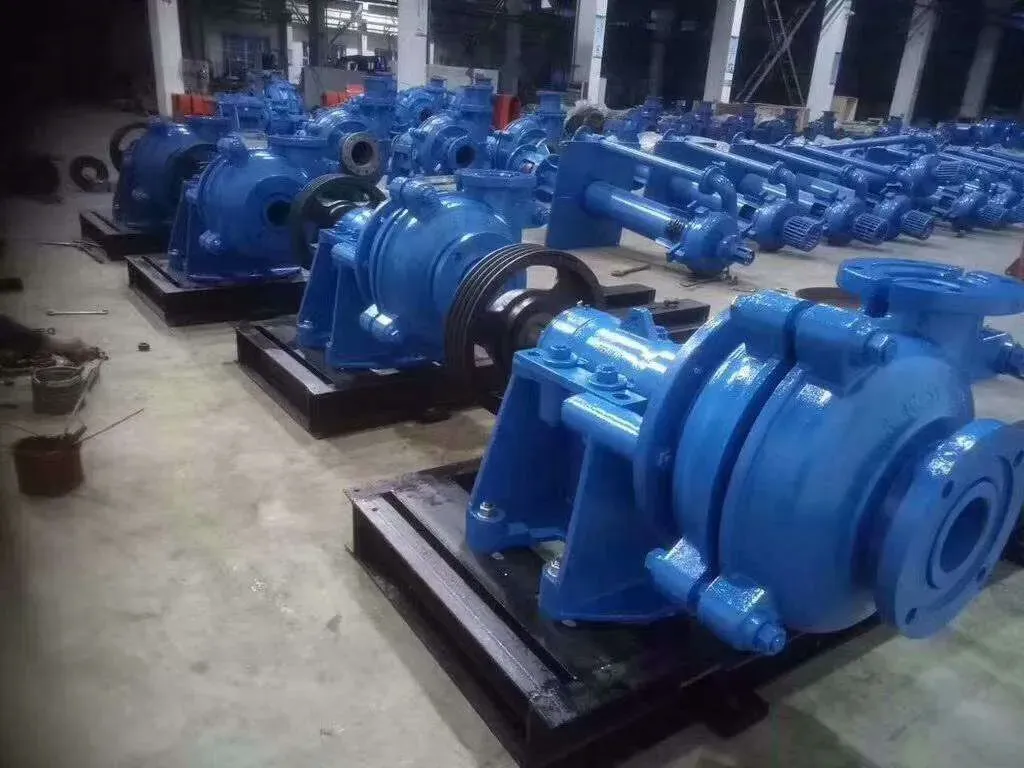English
- Afrikaans
- Albanian
- Amharic
- Arabic
- Armenian
- Azerbaijani
- Basque
- Belarusian
- Bengali
- Bosnian
- Bulgarian
- Catalan
- Cebuano
- Corsican
- Croatian
- Czech
- Danish
- Dutch
- English
- Esperanto
- Estonian
- Finnish
- French
- Frisian
- Galician
- Georgian
- German
- Greek
- Gujarati
- Haitian Creole
- hausa
- hawaiian
- Hebrew
- Hindi
- Miao
- Hungarian
- Icelandic
- igbo
- Indonesian
- irish
- Italian
- Japanese
- Javanese
- Kannada
- kazakh
- Khmer
- Rwandese
- Korean
- Kurdish
- Kyrgyz
- Lao
- Latin
- Latvian
- Lithuanian
- Luxembourgish
- Macedonian
- Malgashi
- Malay
- Malayalam
- Maltese
- Maori
- Marathi
- Mongolian
- Myanmar
- Nepali
- Norwegian
- Norwegian
- Occitan
- Pashto
- Persian
- Polish
- Portuguese
- Punjabi
- Romanian
- Russian
- Samoan
- Scottish Gaelic
- Serbian
- Sesotho
- Shona
- Sindhi
- Sinhala
- Slovak
- Slovenian
- Somali
- Spanish
- Sundanese
- Swahili
- Swedish
- Tagalog
- Tajik
- Tamil
- Tatar
- Telugu
- Thai
- Turkish
- Turkmen
- Ukrainian
- Urdu
- Uighur
- Uzbek
- Vietnamese
- Welsh
- Bantu
- Yiddish
- Yoruba
- Zulu
Telephone: +86 13120555503
Email: frank@cypump.com
Nov . 15, 2024 05:06 Back to list
drainage pumps
Understanding Drainage Pumps Functionality, Benefits, and Types
Drainage pumps are a crucial component of effective water management systems, especially in areas prone to flooding or where groundwater levels are high. These pumps are designed to remove excess water from specific locations, ensuring that properties remain dry and safe. In this article, we will explore the functionality, benefits, and different types of drainage pumps, providing a comprehensive overview for homeowners and contractors alike.
Functionality of Drainage Pumps
At their core, drainage pumps function by moving water from one location to another. This can involve pumping water out of basements, crawl spaces, or even flooded yards. Typically activated when water reaches a certain level, drainage pumps automatically start working to remove the accumulation, protecting the integrity of the structure and preventing water damage.
Drainage pumps usually operate using a submersible or pedestal design. A submersible pump is placed directly in the water, encapsulated in a waterproof casing to prevent electrical issues. These pumps are known for their efficiency and quiet operation. Conversely, pedestal pumps remain above water level and feature a long shaft to extend down into the water. While they may be noisier, they are often easier to service and maintain.
Benefits of Using Drainage Pumps
The primary benefit of drainage pumps is their ability to prevent water damage, which can lead to costly repairs and health hazards associated with mold and mildew. By ensuring areas such as basements remain dry, these pumps significantly reduce the risk of structural damage and create a healthier living environment.
Additionally, drainage pumps can help manage water levels in gardens and landscaping areas, enhancing the overall aesthetic and health of plants. By preventing standing water, the pumps enable better drainage, which promotes root growth and prevents the development of plant diseases associated with excess moisture.
Another advantage is their contribution to home value. Homes equipped with effective drainage solutions are more appealing to buyers, as they suggest lower maintenance costs and a reduced risk of water-related issues. In regions prone to heavy rain or flooding, having a reliable drainage pump can be a significant selling point.
drainage pumps

Types of Drainage Pumps
There are several types of drainage pumps available on the market, each suited for different applications
1. Sump Pumps These are commonly used in basements to remove water that collects in a sump basin. Sump pumps are essential for homes in rainy climates or areas with a high water table.
2. Submersible Drainage Pumps Ideal for outdoor applications, submersible pumps can handle larger amounts of water. They are often used for flooding situations, pond drainage, or irrigation systems.
3. Pedestal Pumps While not as common for residential use, pedestal pumps are suitable for smaller applications and are easier to maintain due to their above-water design. They are often utilized in light-duty applications.
4. Utility Pumps These portable pumps are ideal for quickly removing water from various areas, such as swimming pools, hot tubs, or flooded basements. They are versatile and can be used in different scenarios.
Conclusion
In summary, drainage pumps are essential tools for anyone looking to safely manage water in and around their property. Understanding the functionality, benefits, and various types of pumps available can help homeowners and contractors make informed decisions tailored to their specific needs. Whether preventing potential damage from flooding or maintaining optimal water levels in landscaping, drainage pumps provide a reliable solution for water management challenges. Investing in a good drainage pump not only protects your property but also contributes to a healthier living environment and a boost in property value.
-
ISG Series Pipeline Pump - Chi Yuan Pumps | High Efficiency, Durable Design
NewsAug.01,2025
-
Advanced Flue Gas Desulfurization Pump with GPT-4 Turbo | Durable & Efficient
NewsJul.31,2025
-
ISG Series Vertical Pipeline Pump - Chi Yuan Pumps | Advanced Hydraulic Design&Durable Construction
NewsJul.31,2025
-
ISG Series Vertical Pipeline Pump - Chi Yuan Pumps | Energy Efficient & Low Noise
NewsJul.31,2025
-
pipeline pump - Chi Yuan Pumps Co., LTD.|High Efficiency&Low Noise
NewsJul.31,2025
-
ISG Series Vertical Pipeline Pump - Chi Yuan Pumps Co., LTD.|High Efficiency, Energy Saving, Low Noise
NewsJul.30,2025










